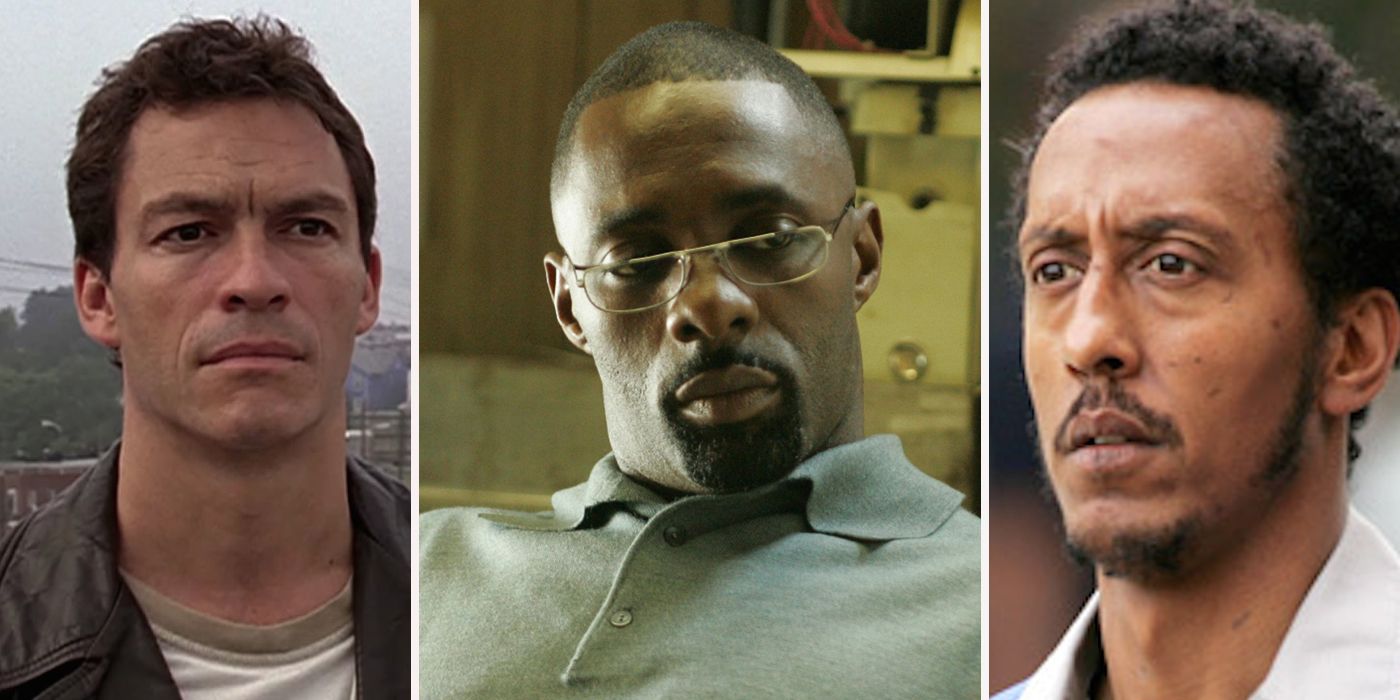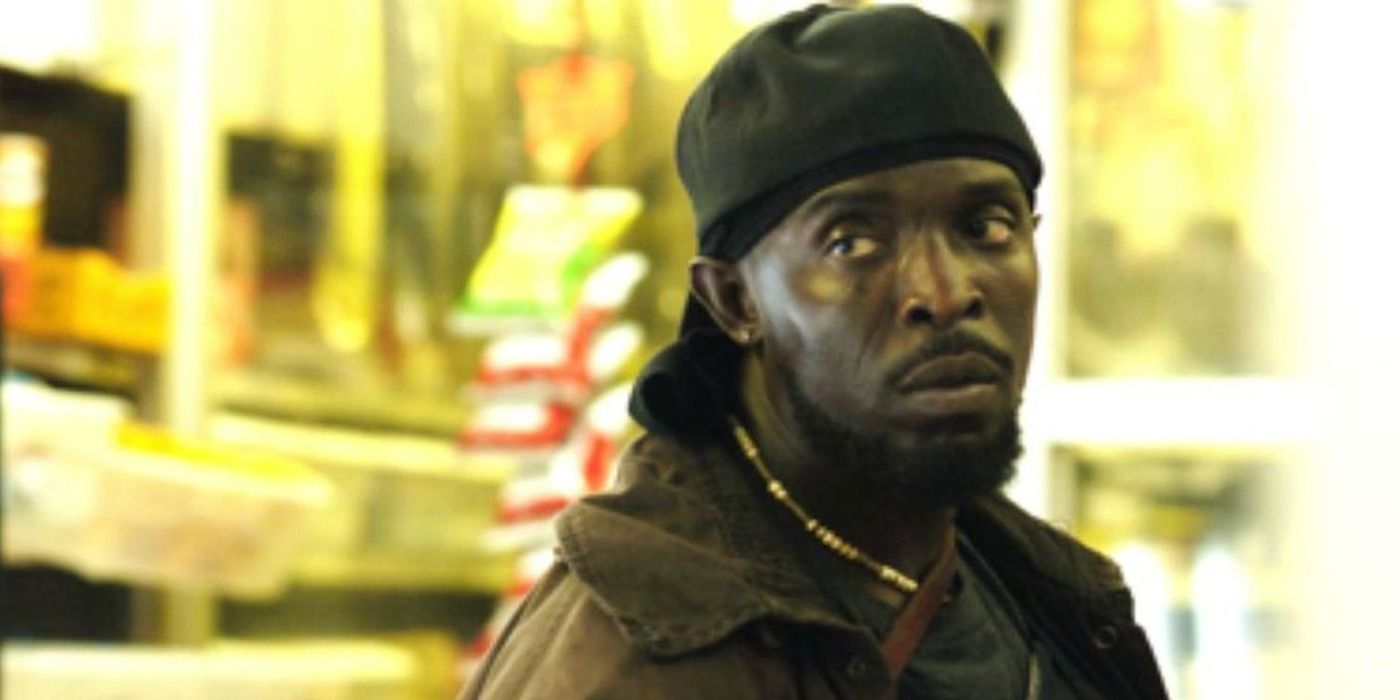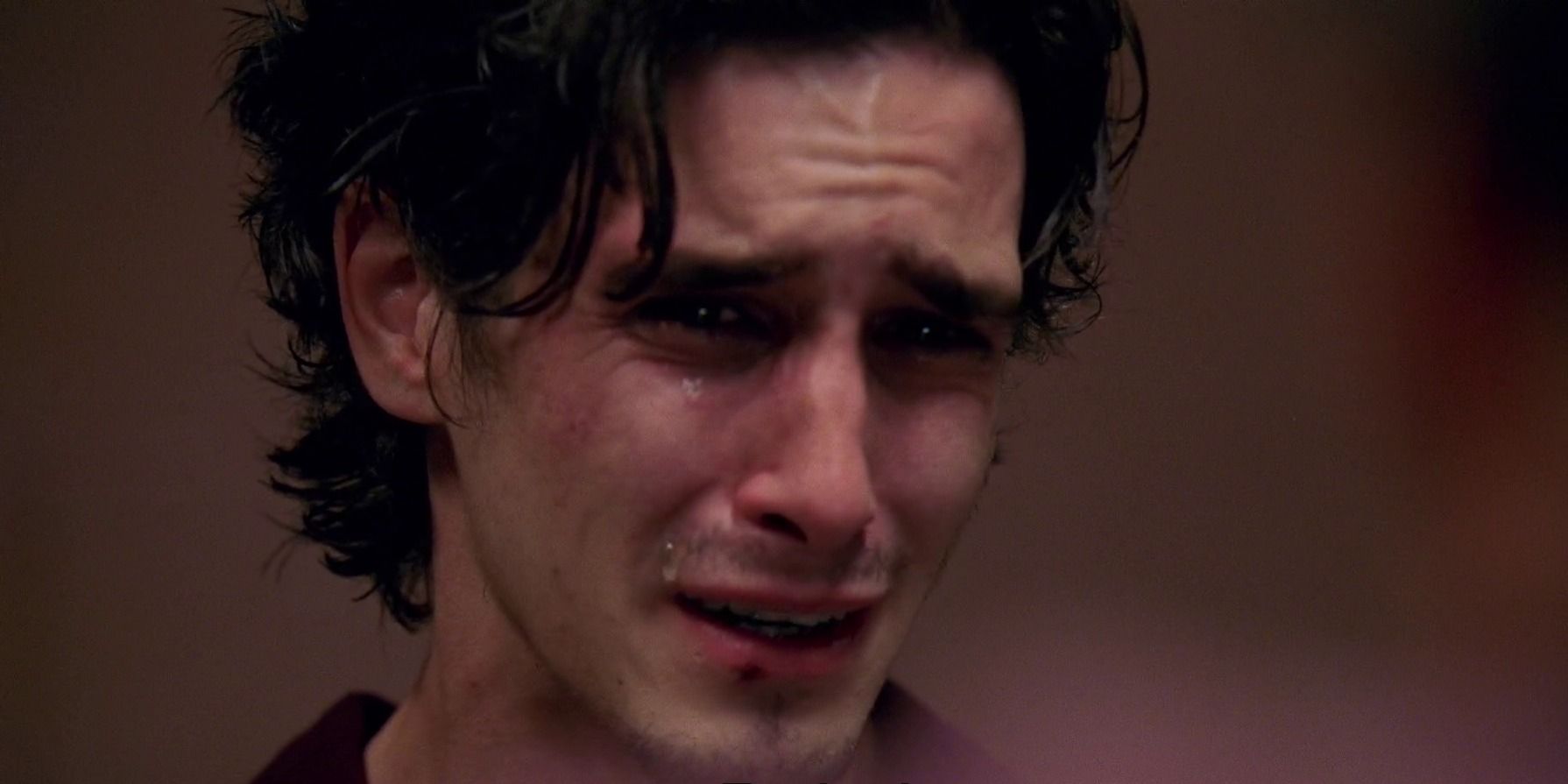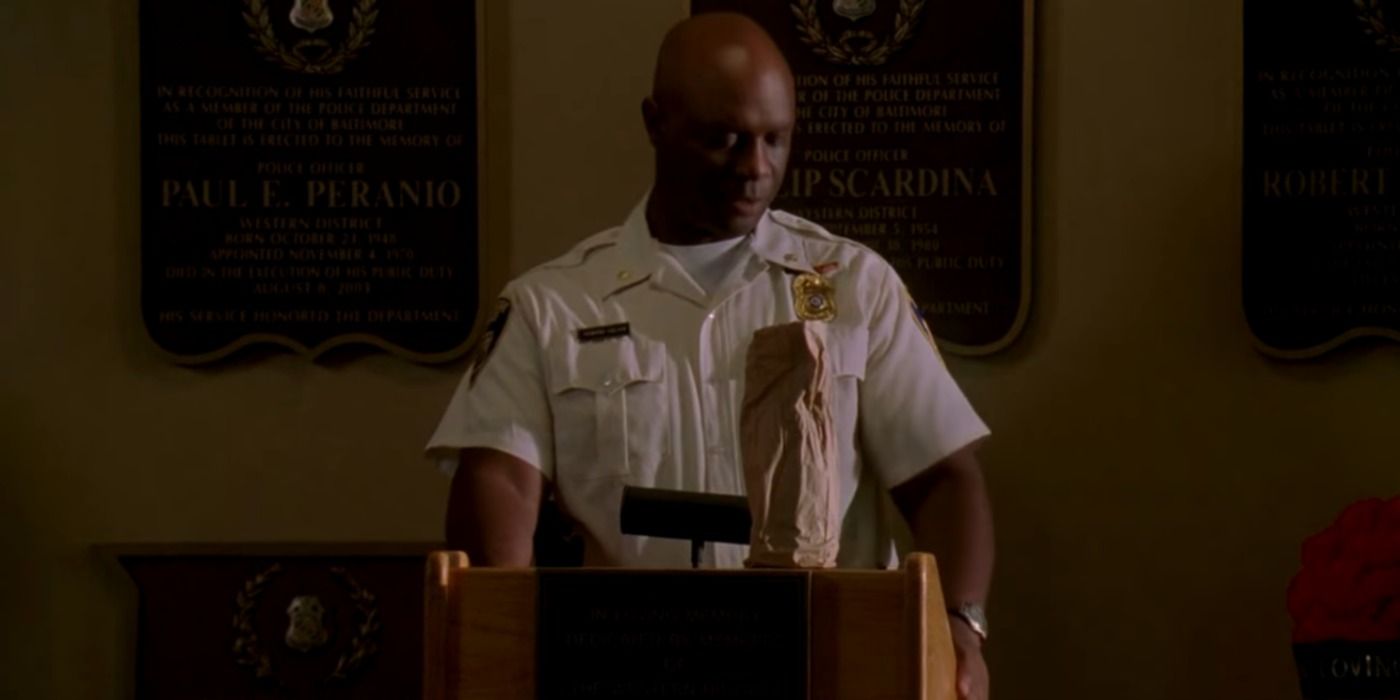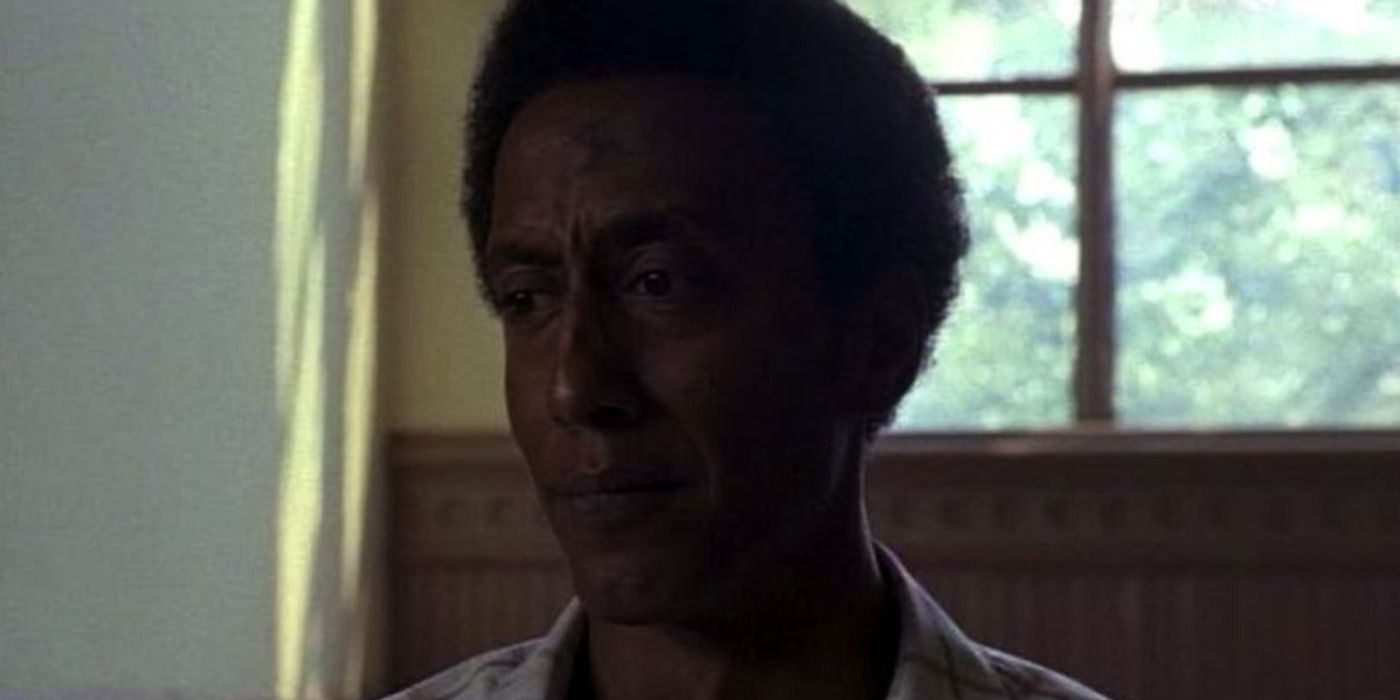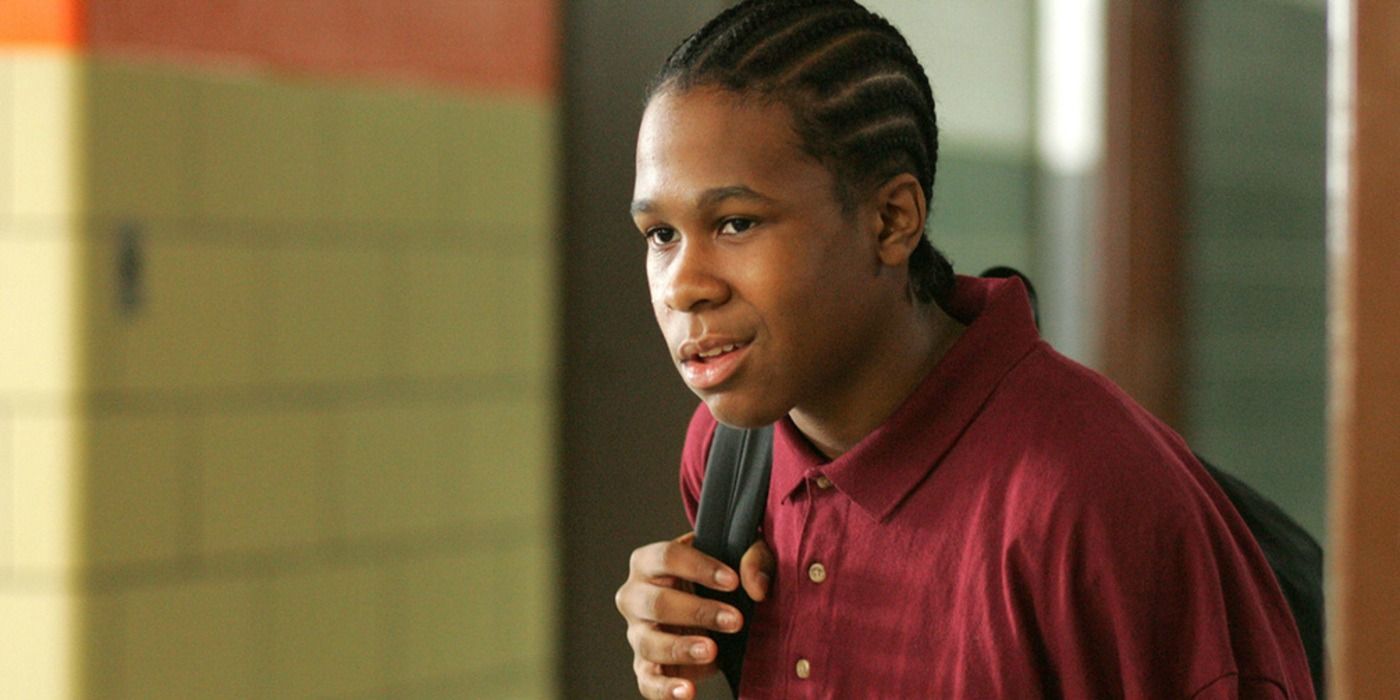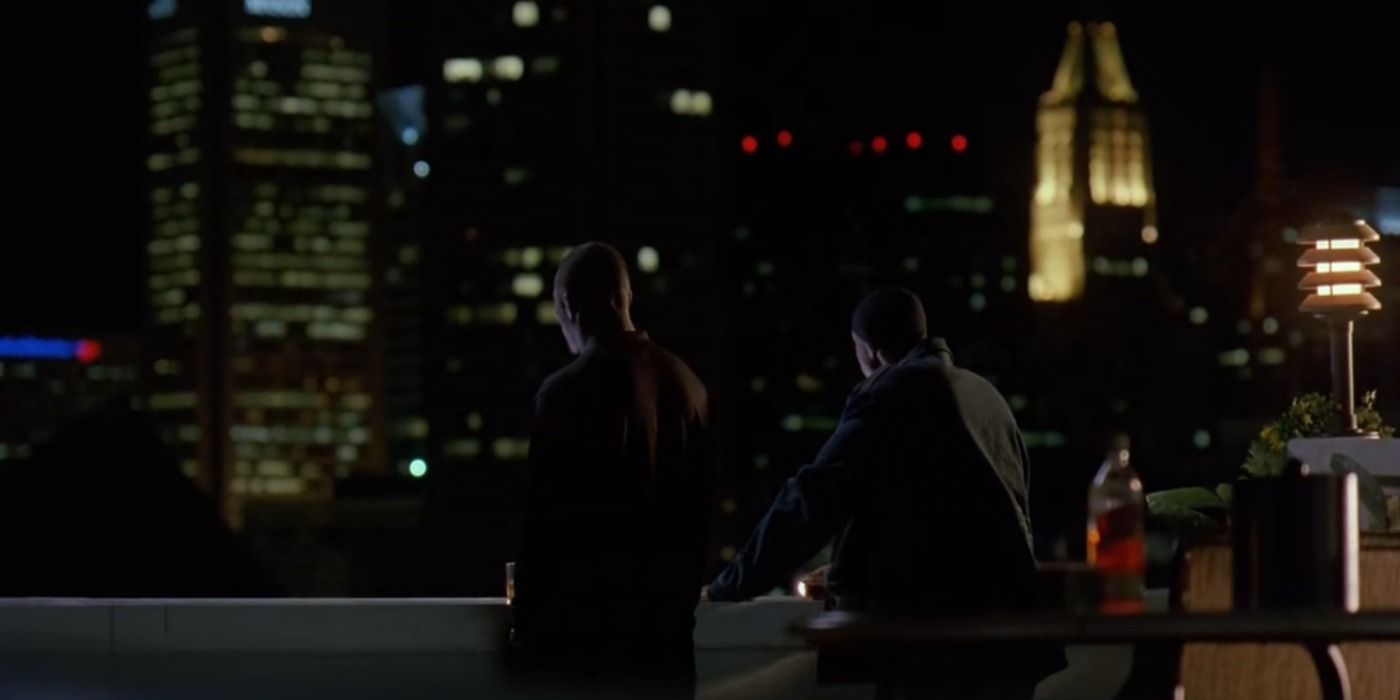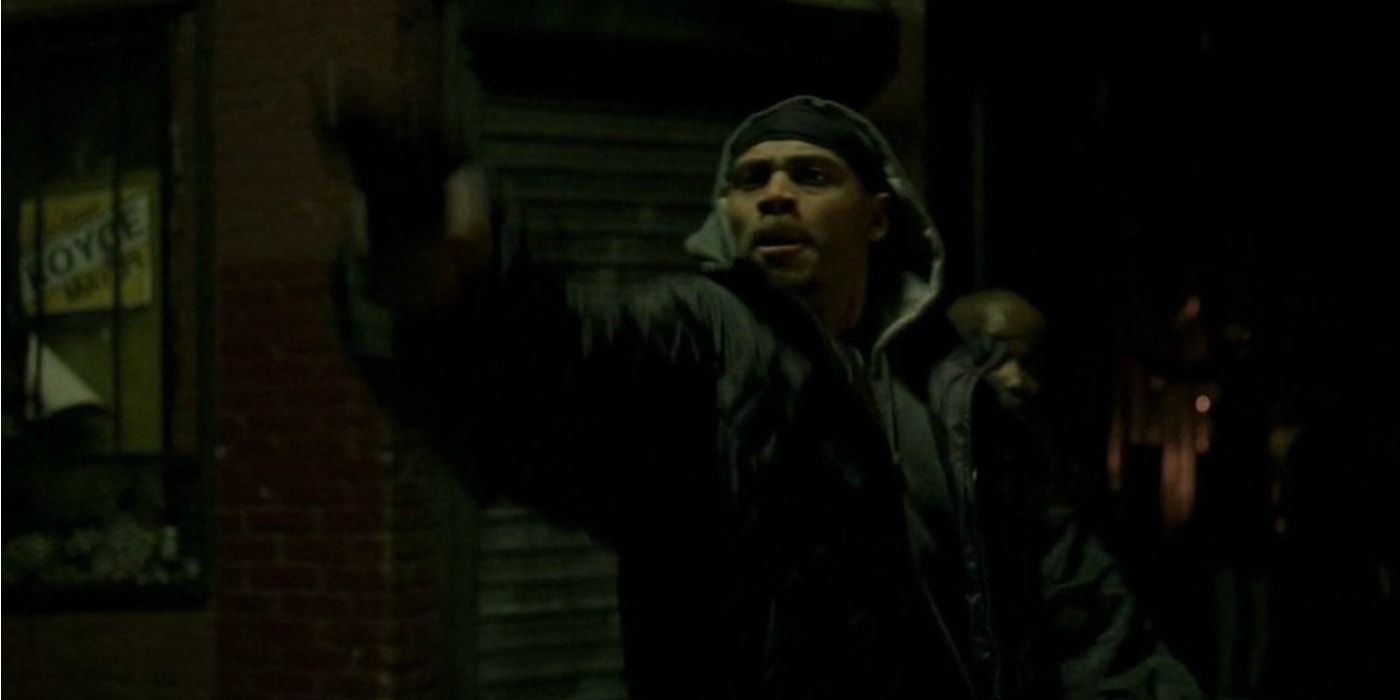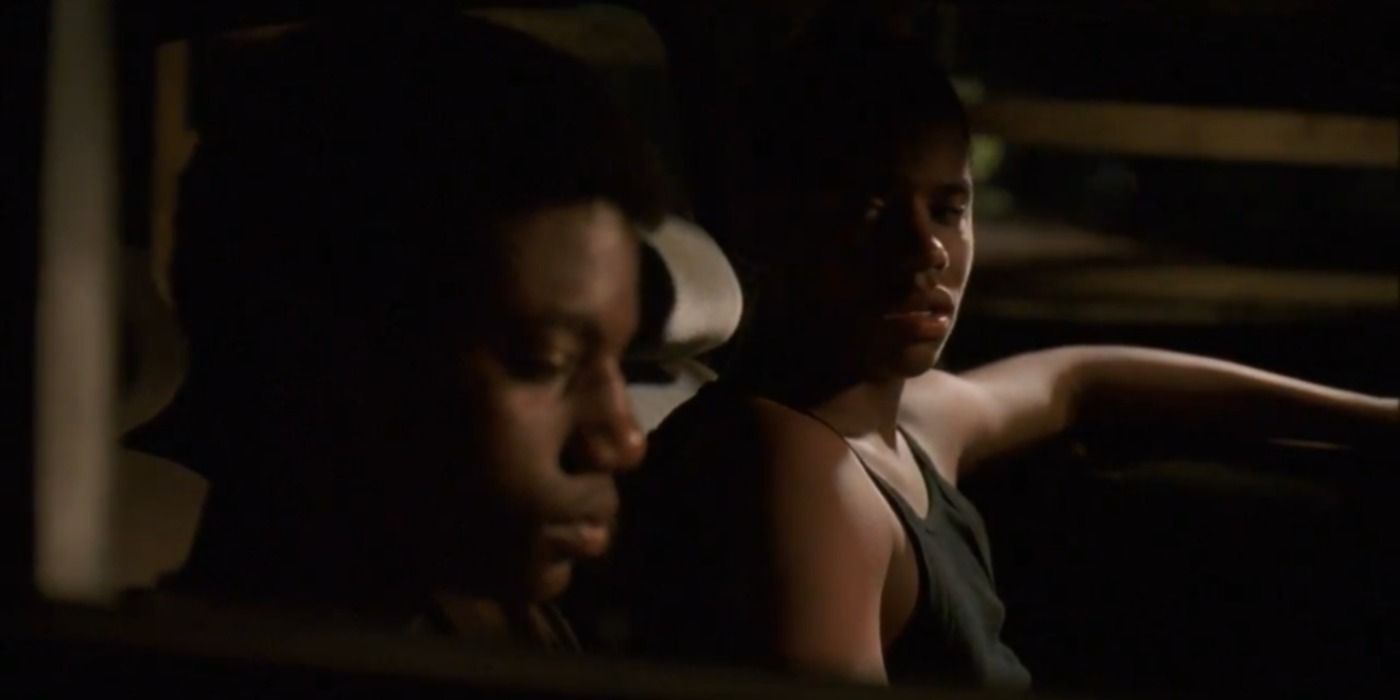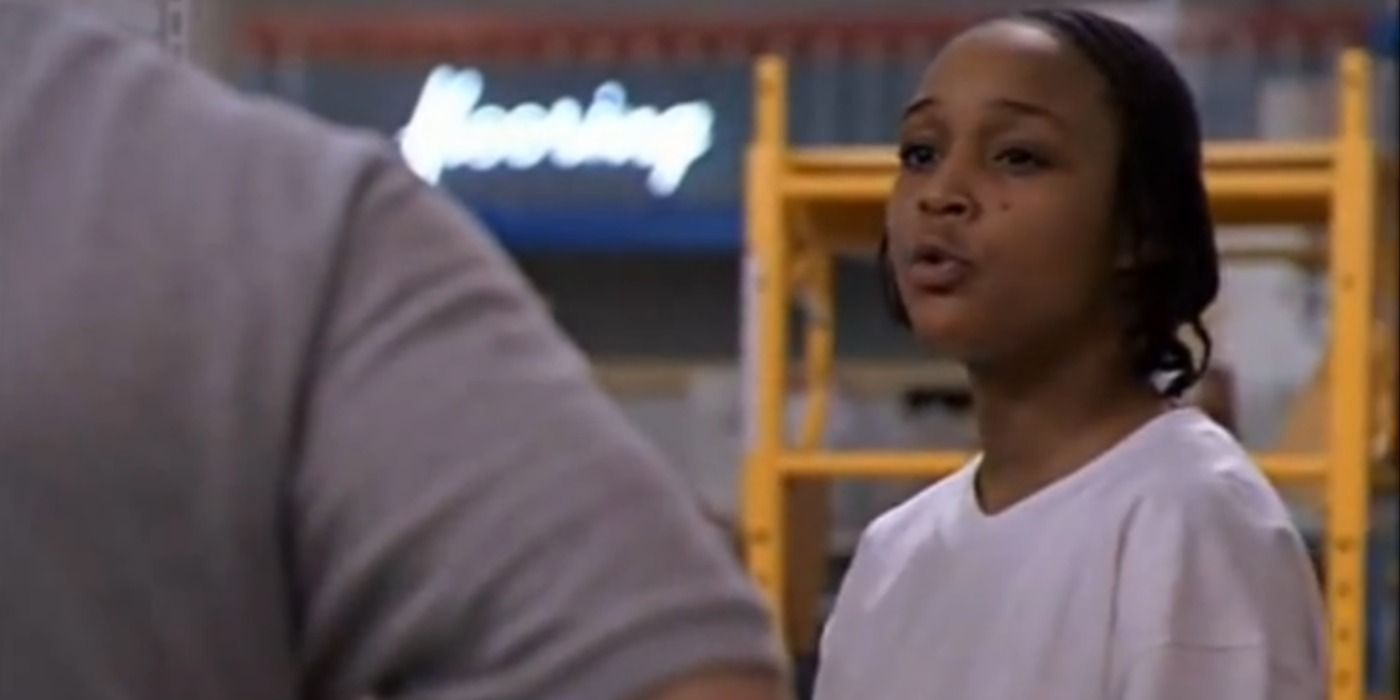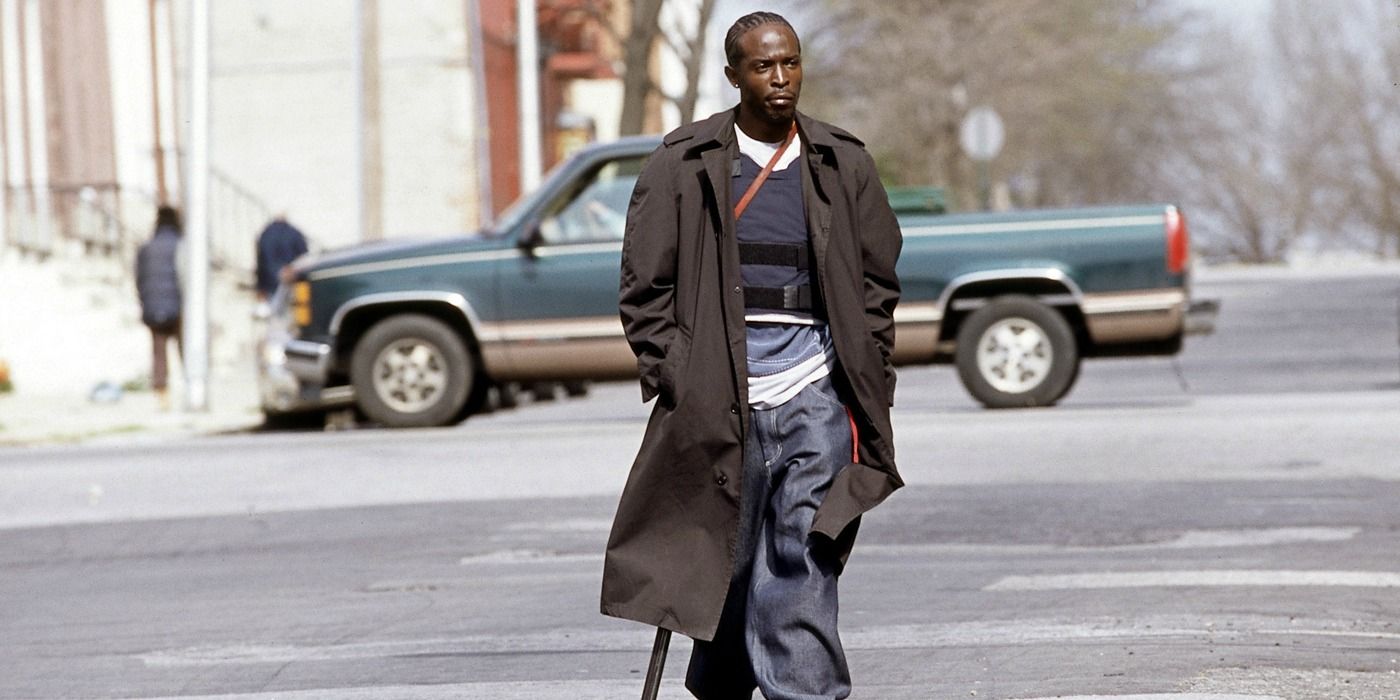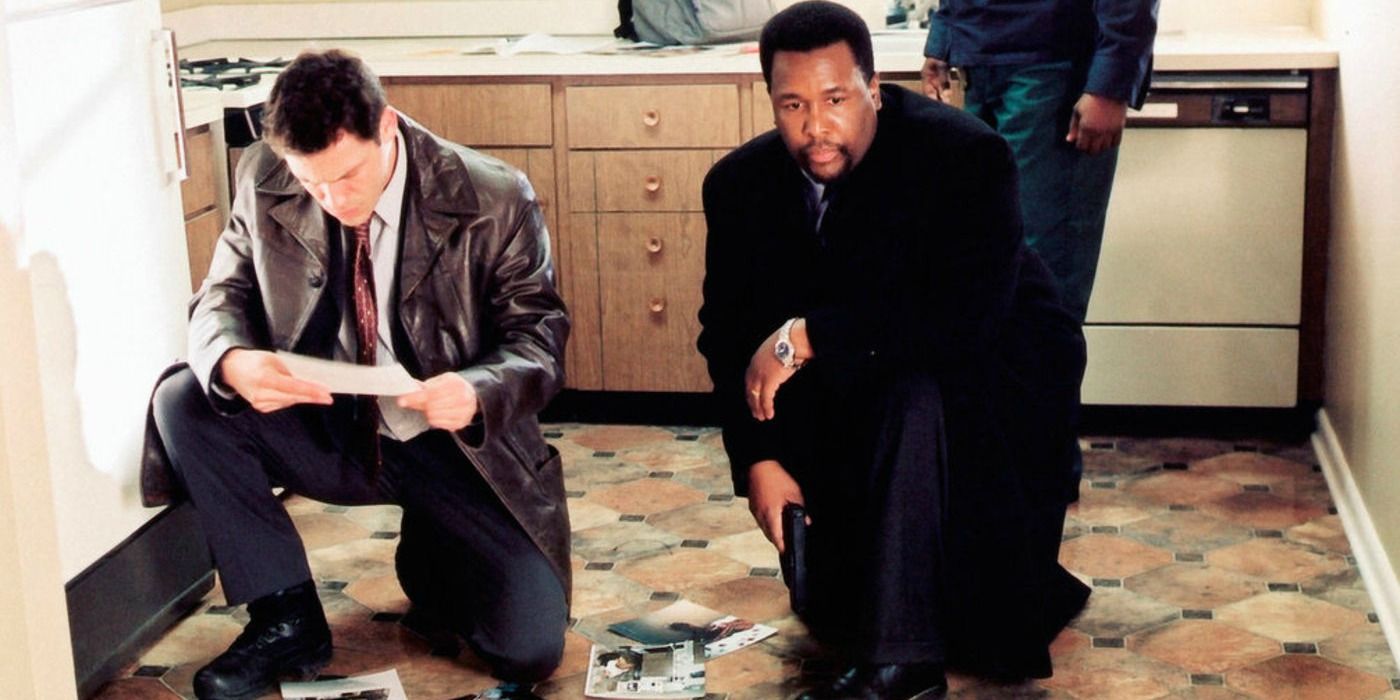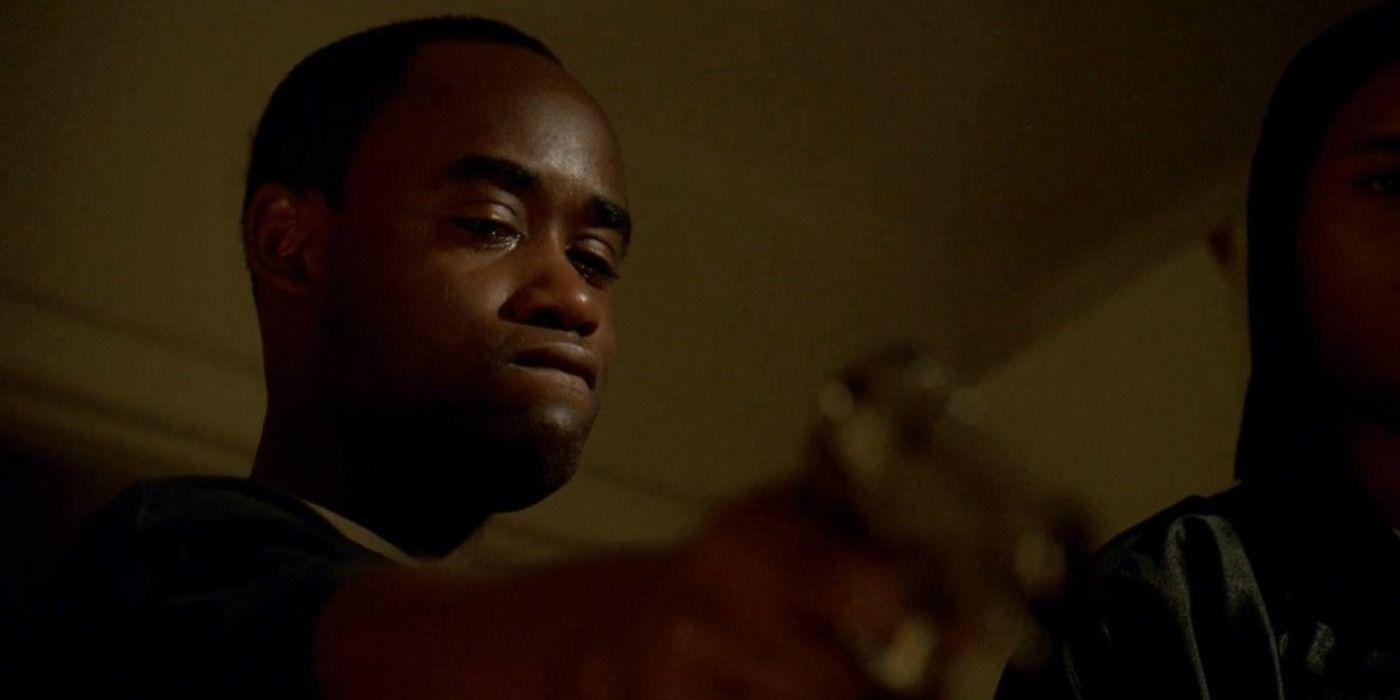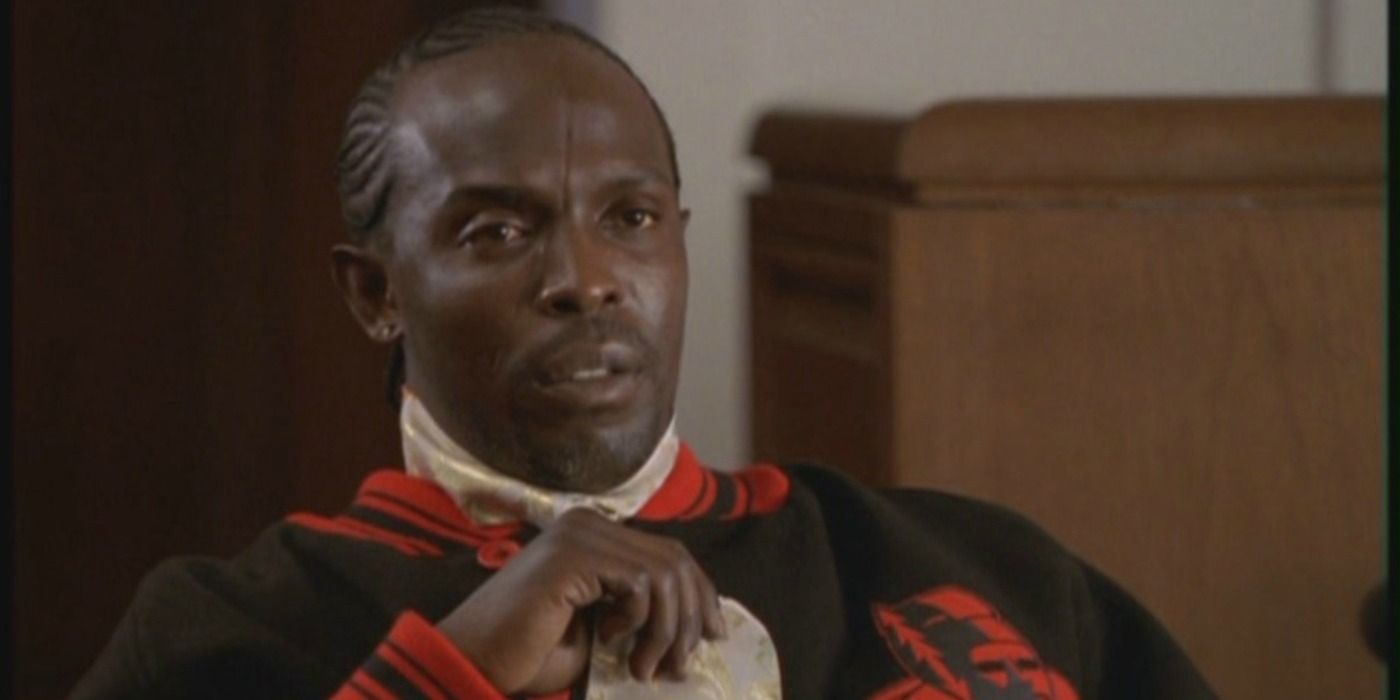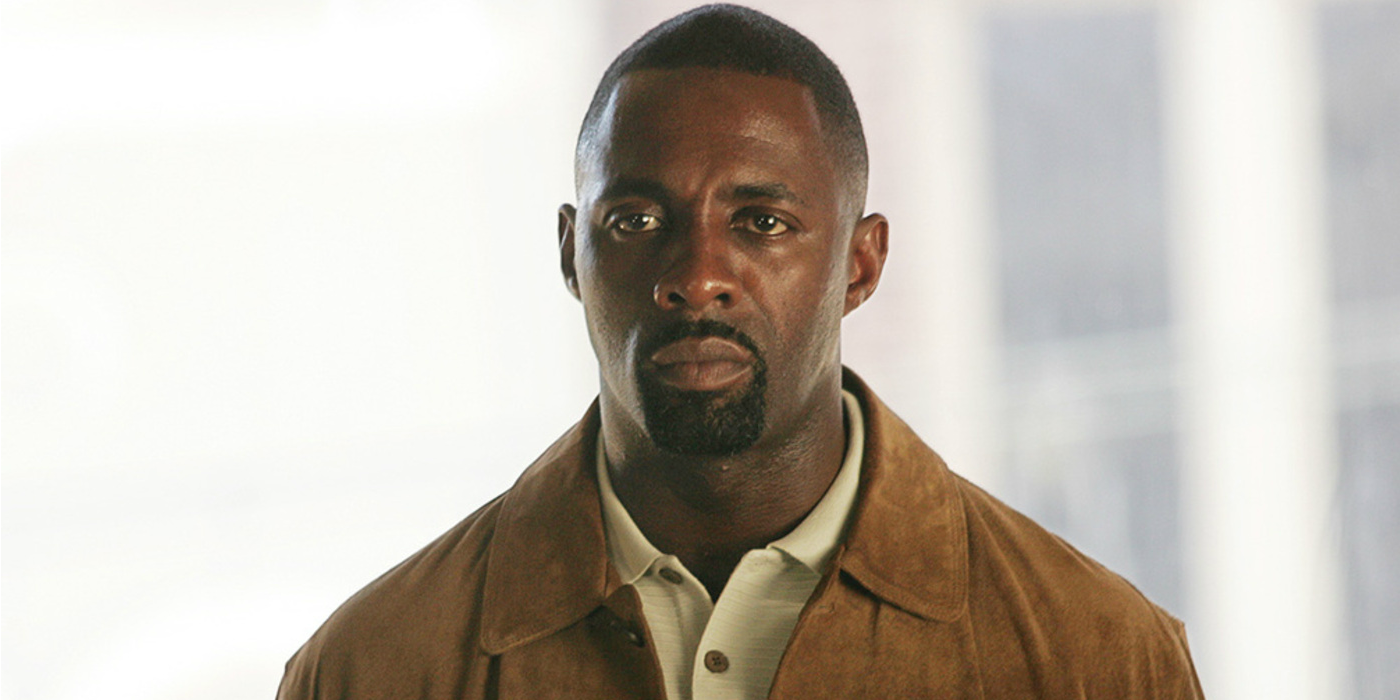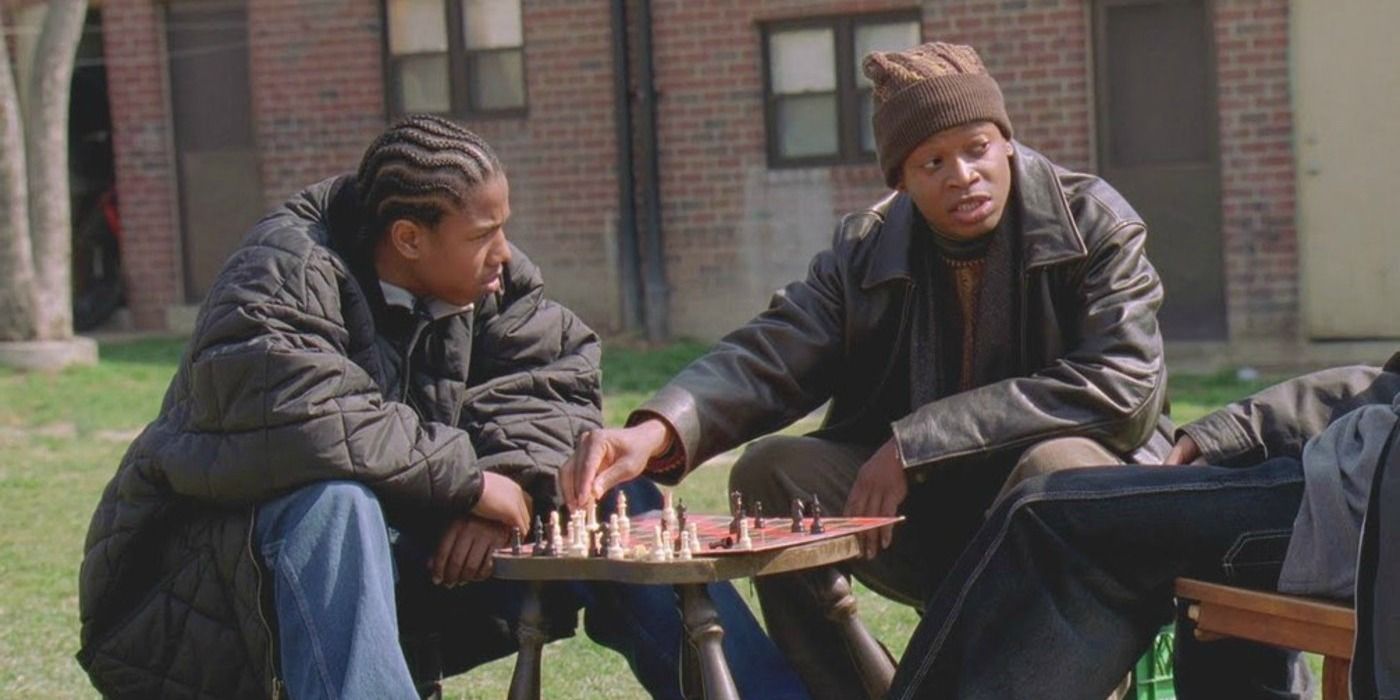Fifteen years ago, HBO aired the first episode of David Simon’s magnum opus, The Wire. What began as a police drama based on the experiences of Ed Burns, a former Baltimore city police detective and the co-writer of the series, quickly became an inside look into the American drug trade from the low-level sellers on the street corners all the way to the profiting politicians promising to make a change. For five seasons, the series raised questions concerning the economic, racial, and sociopolitical ramifications of ignoring the pressing issue of drugs in the United States, and viewers and critics alike continued to shower the series with the highest of praises.
Looking back at one of the most critically-acclaimed shows of all time, the intricacies of The Wire remain a standout even as television continues to press further into its golden age. From hidden metaphors to shocking death scenes, Simon was able to impress on every level. In celebration of his accomplishment, we’ve re-watched the countless memorable moments to collect the best of the best. In was an impossible feat whittling our selections down to just fifteen entries, but we’re happy to announce that we’ve managed to round up some of the finest scenes from the show to showcase how truly special the series truly was.
So, to commemorate the fifteenth anniversary of one of television’s finest programs, we present the 15 Greatest Moments From The Wire.
15. Kenard Kills Omar (Season 5, Episode 8)
In the season four episode “Home Rooms,” stick up man Omar Little awakens to an empty box of Honey Nut Cheerios. After throwing on a robe, he walks down to the local corner store unarmed, only to express his disappointment when he finds the store only carries regular Cheerios. This simple day in the life moment from the show’s most popular character may seem random to some, but the seemingly unimportant scene would prove to be a foreshadowing of one of the television’s most shocking death scenes.
After robbing Marlo Stanfield, Omar finds himself in a standoff against the streets’ heaviest hitter. Lured out of hiding, the shotgun-wielding criminal declares war on the drug kingpin, robbing his corners and tossing away the drugs. After collecting a large bounty on his head, Omar meets his end at a convenience store while purchasing a pack of Newport cigarettes. Letting his guard down, he’s shot in the side of the head by Kenard, a young boy working the corners for Marlo. The moment is another rare occurrence where Omar is distracted from his surroundings, but unlike his first trip to the convenience store, this time, his mistake proved to be costly.
14. Frank Visits Ziggy in Prison (Season 2, Episode 11)
After focusing on an inner circle of drug dealers in season one, The Wire shifted to the workings of a middle-class white family of stevedores working at the Baltimore ports, smuggling drugs into the city as part of an international smuggling organization. As the hard-headed, inept beneficiary of his father’s hard work, Chester “Ziggy” Sobotka was the black sheep of the family. Known for getting in over his head with money-making schemes that often backfired, he attempted to bring more cash to the docks by stealing cars and selling them with the help of George Glekas, a warehouse owner with ties to the smuggling organization. When his plans go awry, Ziggy shoots and kills Glekas, leading to his lifetime imprisonment.
In the episode “Bad Dreams,” Frank pays his son one last visit. In the scene, Ziggy breaks from character when he’s shown crying over his actions. He expresses disappointment for never living up to his father’s expectations and when he apologizes, his father tells him that they have more in common than he knows. After his emotional breakdown, he accepts his fate and walks away, never to be seen by Frank again.
13. Bunny Colvin’s Paper Bag Speech (Season 3, Episode 2)
Apart from the realistic depiction of urban crime, The Wire raised probing questions about the hierarchical nature of the justice system. Trapped inside an inescapable web of laws and regulations, the Baltimore detectives are relegated to minuscule jobs, forced to patrol the streets to prevent further drugs from being sold, rather than focusing their attentions on the prevention of more murders. In the season three episode “All Due Respect,” Major Howard “Bunny” Colvin brings these matters to the forefront when he recalls a major event of Baltimore’s past.
After Detective Kenneth Dozerman is shot attempting to buy three vials off the streets, Colvin tells his room of narcotics officers about a time when alcoholic consumption was first prohibited on the streets. Rather than the police arresting every person who drank on the street corner, a civic compromise was reached. Civilians began placing their bottles in brown paper bags, concealed from the public so that officers could turn a blind eye and work on more pressing issues. Unlike alcohol, Colvin reminds the room there has never been a paper bag to conceal drugs, so instead the police must continue to enforce the law on every drug user while other issues go unattended.
12. Bubbles Speaks About Sherrod (Season 5, Episode 9)
If there’s a character viewers sympathize the most with from The Wire, it’s Bubbles. The heroin-addicted police informant had a rough go of it in the series’ later seasons. When his protege and friend Sherrod overdoses on a bad batch that he cooked up himself, Bubbles goes into a deep spiral of guilt, blaming himself for his friend’s early departure. After confessing his actions to the Baltimore PD, Bubs unsuccessfully tries hanging himself in the homicide interrogation room, finally hitting rock bottom at the end of season four.
By the time season five rolls around, Bubbles has been clean for more than a year, getting by through attending Narcotics Anonymous meetings and living in his sister’s basement. In a moment of clarity for the former user, he finally lets the weight of his past go when he speaks about Sherrod for the first time during a meeting. During his speech, he shows his vulnerability as he opens up to the other members of NA, and in a touching moment of honesty, he takes the blame for his actions, telling the group, “Ain’t no shame in holdin’ onto grief, as long as you make room for other things, too.”
11. Carver Drops Randy Off At The Group Home (Season 4, Episode 13)
In season four, David Simon jumped from the corner to the classroom, introducing us to four teenage boys - Dukie, Michael, Namond, and Randy - all capable bright minds growing up on the corner. Among the brightest of the four, Randy came up with plans to make money on the side by selling snacks to other pupils. Despite being intelligent, Randy’s naivety catches up to him when he unknowingly becomes involved in the murder of a local drug dealer named Lex after delivering him a message from the Stanfield organization.
After learning about Lex’s death, Randy is contacted by Herc and Carver, who desperately seek information on the Stanfield crew. When the streets learn of his involvement with the police, Randy is labeled a snitch. Carver does his best to console him by trying to find him another foster parent to escape the terrorizing threats of the other kids on the corner, but comes up short. In a moment of defeat, Carver reluctantly drives Randy to a group home where he immediately notices the daunting looks of the other boys. After walking him to his room, Carver returns to his car and beats on his steering wheel in frustration at his failure to help.
10. Avon and Stringer Talk on the Balcony (Season 3, Episode 11)
When it came to Avon and Stringer, the two friends were polar opposites. Growing up in the streets of Baltimore, Avon knew the importance of reputation. He earned respect by rising through the ranks and enforcing his will onto anyone who opposed him. His empire was built on fear and he recruited Stringer to keep everyone in line.
For Stringer, the game was nothing more than a means to an end, a way to earn enough money to legitimize the crew’s business and turn a blind eye to crime. He was a money man, and by becoming a man of means, he thought he would be untouchable to all those beneath him.
The two would clash over how to run the drug game and by the end, they both gave each other up. In a culminating scene, the two share a moment on the balcony of Avon’s penthouse apartment, overlooking the Baltimore skyline. Unbeknownst to Avon, Stringer has already contacted Major Colvin with information regarding Avon's weapons safe house. Meanwhile, Avon has supplied Brother Mouzone with information about Stringer's whereabouts, a decision which would lead to his demise. They reminisce about the simpler days of their youth, all the while knowing that the fate of the other will not be a happy one.
9. Bodie Dies Protecting His Corner (Season 4, Episode 13)
With an extended cast of supporting characters coming in and out, The Wire’s depiction of death was uncompromisingly tragic. When a character exited, there was no time to mourn the loss. It was a consequence of the game, and if you were lucky enough, you’d live to become an adult.
By the time season four came around, the look of the streets had changed. The Stanfield organization had taken over the corners that once belonged to the Barksdale crew, and there was no protection left for loyalists like Bodie. Backed into a less desirable corner by Marlo’s enforcers, he grew his reputation back by selling a higher quality product supplied by Prop Joe. When Marlo took an interest in the corner, he forced Bodie into working for him, but in time, Marlo’s ruthless ethics took their toll and Bodie began talking with the police. Catching wind of his actions, it all came to a head when Chris Partlow and Snoop ambushed him on his corner. Refusing to give up his spot, the two distracted him as Michael snuck up from behind and shot him in the back of head, eliminating the last remaining member of the Barksdale gang.
8. Michael and Dukie Say Goodbye (Season 5, Episode 9)
One of the fundamental teachings of The Wire is how the systemic nature of social classes can have a lasting effect that’s ingrained into our culture. Starting at an early age, far too many lower class African Americans are taught to deal drugs for quick cash, creating a never-ending cycle which will in time sadly begin to dehumanize them. By the end of season five, we witness many of the young corner boys begin to parallel the actions of other characters, continuing the cycle of crime depicted in the series.
Forced into the drug game, Michael’s final actions of the series parallel those of Omar. Believing he is talking to the police as an informant, Marlo hires a hit on Michael, but when he catches onto the plan, he turns the tables on the Stanfield crew, killing Snoop and going on the run. Dropping Dukie off at an abandoned building where he will assume the life of a heroin addict, paralleling the actions of Bubbles, the two share one last goodbye. Before departing, Dukie makes one last plea to his friend, reminiscing about the days of their youth, but Michael rejects the memory, knowing his days of happiness are behind him.
7. Snoop Buys a Nail Gun (Season 4, Episode 1)
Going into season four, there was cause for concern that Stringer Bell's death would mean a change for the worse in the show’s quality, but David Simon was quick to prove that the Marlo crew was not to be taken lightly. Appearing in season three, Felicia “Snoop” Pearson was shown as a new recruit of the Stanfield organization, training under the wing of Chris Partlow. Acting as muscle for Marlo, she became an enforcer who wasn't afraid to get her hands dirty.
Appearing at first to be a comical scene, Snoop searches the inside of a hardware store for a replacement nail gun in the season four cold open. When an employee comes to her aid, he inquires about her interest in a particular gun on the wall. As he asks more about her use for the gun, audiences are left to speculate what bad deed she has planned.
Although the lighter tone of the season four opening would suggest a deviation from the seriousness exhibited by the Barksdale crew, the opposite proves to be true. Snoop would later use the gun to board up the vacant buildings covering up the crew’s murders, giving the moment a whole a new meaning.
6. "Come at the King, You Best Not Miss" (Season 1, Episode 8)
Attached to every episode as a testimonial of the streets, an epigraph spoken by a character was used as a way of establishing the tone for the viewer. For some, the beginning quote seen at the start of each episode served as an epitaph -- one last nugget of wisdom before the character died from some unfortunate circumstances. For others, their quote was part of the learning curve, a set of rules to live by to survive the streets of Baltimore.
In the season one episode “Lessons,” we’re given the often quoted epigraph spoken by Omar during his shootout with Wee-Bey and Stinkum. As the infamous stick-up man, Omar serves as an almost mythological character to the streets, a type of Boogeyman whose presence shakes the community, so when the war between the Barksdale crew and the shotgun-toting bad man heats up, Omar leaves the gang with a warning. Harking back to an earlier scene in which D’Angelo compared the ruler of the streets to the king in a chess game, Omar taunts Wee-Bey after he fails to kill him, telling him that he is the king now and that the Barksdale crew will soon be dismantled.
5. The F Word (Season 1, Episode 4)
From the carefully selected colloquialisms to references about the local Baltimore hotspots, The Wire has been rewarded high praises for its use of authentic lingo to convey its realistic depiction of the war on drugs. Setting the tone early in the season one episode “Old Cases,” McNulty and his partner Bunk search through a series of past homicide cases for ties to the Barksdale organization. It’s while reviewing the case of murdered college girl Deirdre Kresson, a disgruntled ex-girlfriend of Avon Barksdale’s, that the two manage to recreate the events of her murder using nothing but variations of their favorite word.
Removing all redundant words from play, the essentially nonverbal scene follows McNulty and Bunk through the kitchen of Deirdre’s apartment as they connect clue A to clue B, offering a collective sigh of F words along the way. Not only is the scene trusting enough in its audience to let them make the connections, but it shows an unspoken communication between the two partners that comes with years of experience working similar cases. It also serves as a refreshing departure from the series’ serious tone as viewers are given a brilliant moment of exposition from the writers.
4. Bodie and Poot Kill Wallace (Season 1, Episode 12)
The first major death scene to resonate with fans, Wallace’s demise was inevitable. A sixteen-year-old dealer for the Barksdale crew working in the low-rise projects, he was gentler in nature than his friends Bodie and Poot. After Omar Little’s stick-up crew robs the low-rises, Wallace is credited with spotting Omar’s boyfriend Brandon and reporting it in. When Brandon is tortured and killed, he’s hung outside Wallace’s home for all to witness, driving the young dealer to decide he wants out of the game.
Ultimately, Wallace’s death is a business decision for Bodie and Poot. After being sickened by Brandon’s death, Wallace begins abusing heroin. When he begins speaking to the police, Bodie and Poot are given an ultimatum by Stringer: kill Wallace or die themselves. After going out for dinner, the boys take Wallace back to the abandoned apartment where he was squatting. Backing him into the corner, he pleads for his life before Bodie reluctantly fires the first shot. It’s a dehumanizing moment for the two drug dealers who were pushed to commit an unspeakable act, but it’s a soul-crushing moment for fans forced to watch the first big exit of the show.
4. Omar Testifies Against Bird (Season Two, Episode 6)
Ask anyone who their favorite character from The Wire is and the overwhelming majority will say Omar. Among a cast of killers, the man with the scar across his face had a code. He never put his gun on anyone who wasn't part of the game and he never stole from someone who didn't deserve it. Often cited as his defining scene of the series, Omar takes the stand dressed in a tie as he explains how the game works.
After Omar’s boyfriend Brandon is killed by Barksdale’s crew, Omar vows revenge for the unnecessary violent murder. One of the men involved in the killing, Marquis “Bird” Hilton, is taken into custody after Omar fingers him as the killer of state witness William Gant. When Omar takes the stand to testify against Bird, he breaks the code of the street, lying about witnessing the actual shooting, but as he later admits, his actions are all part of the game. When Bird takes things too far by torturing Brandon, Omar returns the favor by lying in court. Even if he wasn’t there to witness the shooting himself, the ballistics from Bird’s gun become all the evidence he needs.
2. Omar and Brother Mouzone Kill Stringer Bell (Season 3, Episode 11)
In a series with many exquisitely written episodes, the penultimate episode of season three remains the most perfectly executed of all. It’s hard choosing one moment from “Middle Ground” as our favorite, but it would be a travesty to not include the death of one of the biggest stars from the show.
After being duped by Stringer Bell in season two, the judicious hit man Brother Mouzone returns to Baltimore to settle the score. In an alleyway standoff reminiscent of a Western, Mouzone confronts Omar, who last left a bloodied Mouzone waiting for an ambulance. Rather than killing each other, the two agree that their feud was the result of Bell lying to them both, and that he must be dealt with. Tracking Stringer to a development site, Omar and Mouzone corner him. Realizing there’s no way out, he tells them to get on with it, ending his life with the pull of the trigger.
For the series, Stringer’s death would have major implications, effectively changing the trajectory of the show and redirecting the attention to the Stanfield crew, but for the city of Baltimore, his death was just another in a long line of names checked off the list.
1. D'Angelo Explains the Game of Chess (Season 1, Episode 3)
Like any great series, The Wire was a slow burn. By episode three, David Simon had managed to take the culturally dominant idea of urban drug dealers and flip the stereotype, showing a more accurate depiction of underprivileged life in America. For many viewers, the lifestyle was foreign, but in one scene, the writers managed to summarize the rules of the game in one well thought out metaphor.
While playing with a chess set outside of the low rises, Bodie and Wallace are visited by D’Angelo. When he notices the two are playing checkers with the pieces, he offers to teach them the rules of chess. Comparing the pieces to the drug game, he teaches them about the king, the queen, and the pawns. Taking stock in his words, Bodie asks how one becomes a king, much like D’Angelo’s cousin Avon, but Dee informs them that the king always stays the king, comparing Bodie to one of the pawns likely to be taken out of the game quickly. Refusing to accept his position as a supporting piece on the board, Bodie remarks that a strong pawn can still survive, but as all three will learn, they’re all just a small part in a much larger game.
--
Did we miss any of your favorite moments from The Wire? Let us know in the comments.

